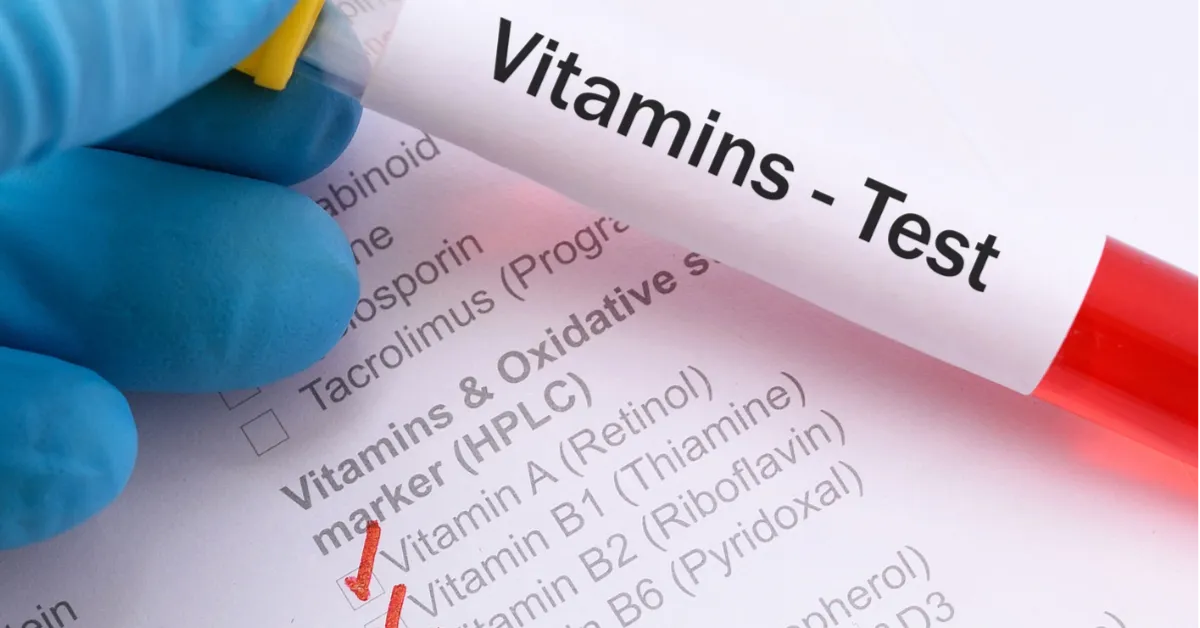ASTM D4339 Vitamin E Quantification in Animal Feed
The quantification of Vitamin E (Tocopherol) in animal feed is crucial to ensure optimal performance and health for livestock. ASTM D4339 provides a standardized method for determining the concentration of α-tocopherol, δ-tocopherol, β-tocotrienol, γ-tocotrienol, and total tocopherols in various feed ingredients.
Quality managers, compliance officers, R&D engineers, and procurement personnel rely on precise Vitamin E testing to meet regulatory requirements, enhance product quality, and maintain consistent performance. This service leverages advanced chromatographic techniques to deliver accurate results that are essential for maintaining the nutritional profile of animal feeds.
The process begins with a detailed analysis of the feed sample, which involves thorough extraction followed by purification using liquid-liquid or solid-phase methods. The purified components are then subjected to high-performance liquid chromatography (HPLC) equipped with a photodiode array detector for quantification. This method ensures that even trace amounts of Vitamin E can be accurately detected.
The accuracy and precision of the results obtained from ASTM D4339 are validated by comparing them against established international standards such as ISO 21578:2016, which provides additional assurance to stakeholders in the food and feed sector. Compliance with these standards is critical for ensuring that products meet quality benchmarks and regulatory requirements.
Our laboratory adheres strictly to ASTM D4339 procedures, employing experienced technicians who follow meticulous protocols throughout the testing process. This commitment ensures reliable data that can be confidently used by our clients for decision-making purposes.
Industry Applications
The application of ASTM D4339 in animal feed manufacturing extends beyond mere compliance; it plays a pivotal role in enhancing product quality and ensuring consistent nutritional content. Here are some key areas where this service shines:
- Nutritional Balance: Ensures that the correct amount of Vitamin E is present to support the overall health and well-being of animals.
- Regulatory Compliance: Meets the stringent requirements set forth by regulatory bodies ensuring safe and effective feed products.
- R&D Support: Provides data necessary for ongoing research into new formulations that improve animal health and productivity.
Beyond these applications, the results from ASTM D4339 serve as a foundation for developing targeted dietary solutions tailored to specific species or stages of growth. This approach not only supports better animal welfare but also contributes positively towards sustainable agricultural practices.
Competitive Advantage and Market Impact
Accurate Vitamin E quantification through ASTM D4339 offers several competitive advantages that can significantly impact market positioning. By providing consistent, reliable data, laboratories like ours help producers differentiate their products in a crowded marketplace. Here’s how:
- Informed Decision Making: Accurate testing enables manufacturers to make informed decisions about ingredient sourcing and formulation adjustments.
- Enhanced Reputation: Compliance with recognized standards enhances brand reputation among consumers who prioritize quality and safety.
- Increased Efficiency: Efficient use of resources translates into lower production costs, ultimately leading to competitive pricing strategies.
In addition to these direct benefits, the ability to consistently meet or exceed industry benchmarks fosters long-term relationships with suppliers and customers alike. This trust strengthens market presence and paves the way for future innovations within the sector.
Use Cases and Application Examples
| Scenario | Objective |
|---|---|
| Determining vitamin E levels in newly developed feed formulations. | To ensure the formulation meets specific nutritional targets for optimal animal health. |
| Monitoring changes in vitamin E content during storage or processing. | To identify potential quality issues early and implement corrective actions promptly. |
| Evaluating the effectiveness of vitamin E fortification programs. | To assess whether the added nutrients are being absorbed effectively by animals. |
These use cases demonstrate just a few ways in which ASTM D4339 Vitamin E quantification contributes to maintaining high standards across the industry. Whether it's during product development, quality assurance checks, or ongoing monitoring efforts, this service remains indispensable for ensuring consistent performance and compliance.





